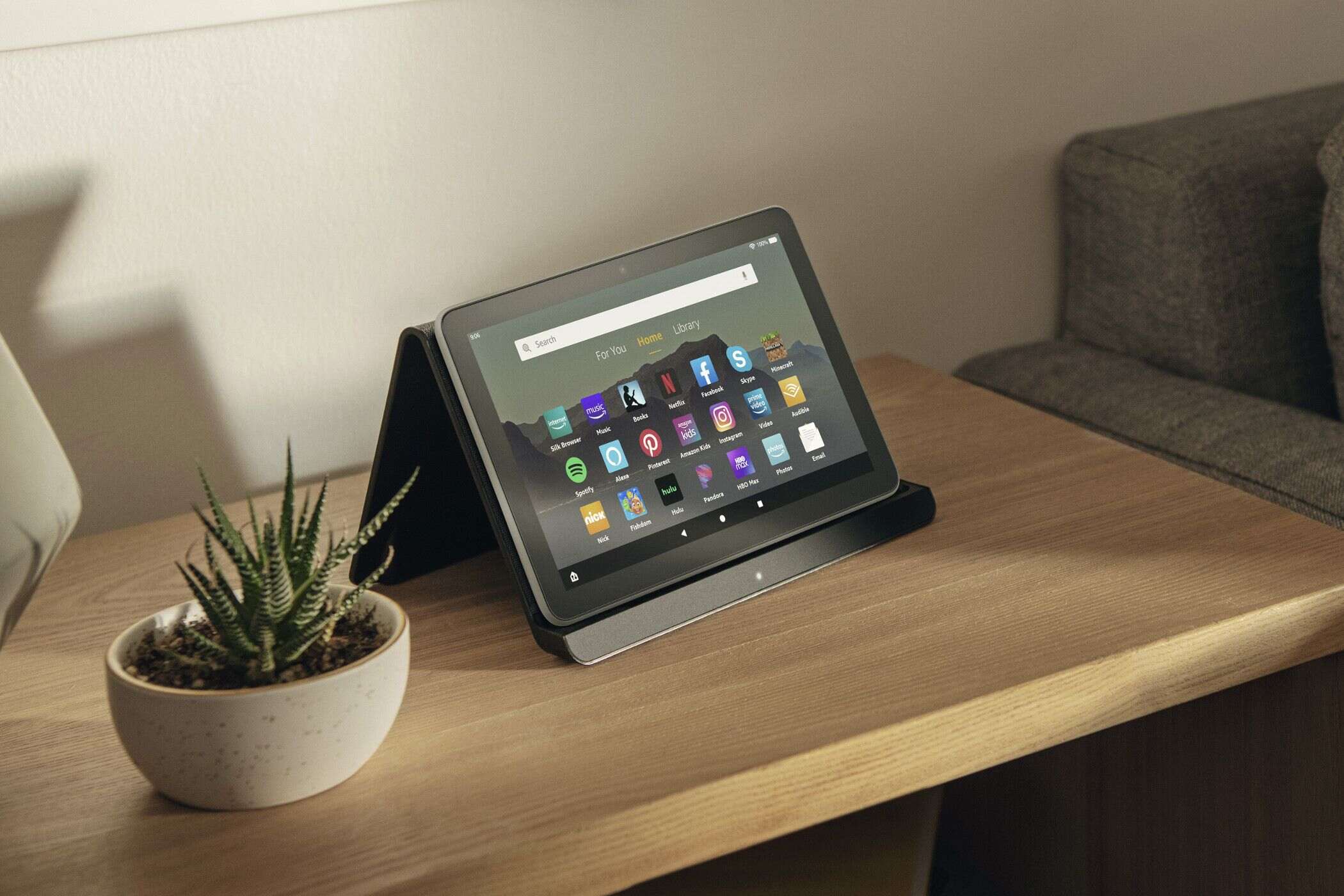
Source: Howtogeek.com
Introduction
Selecting the best Android tablet on Amazon can be overwhelming. With numerous brands, models, and features to consider, understanding your needs is essential. Whether you're looking for a device for gaming, productivity, or entertainment, this guide will help you make an informed decision.
Purpose of Use
Gaming
For gaming, look for:
- High-resolution display
- Powerful processor
- Ample storage
- Stylus or controller support
Productivity
For work or school, consider:
- Keyboard attachment
- Robust storage options
- Software compatibility with Microsoft Office or Google Workspace
Entertainment
For watching movies or streaming content, focus on:
- High-quality display
- Good battery life
- Dolby Atmos or similar audio enhancements
General Use
For everyday tasks like browsing the web, checking emails, and social media:
- Mid-range model with balanced performance and features
Display
Resolution
- At least Full HD (1080p)
- Higher resolutions like QHD (1440p) or 4K for sharper images
Aspect Ratio
- 16:9 for a cinematic viewing experience
- 4:3 for better readability
Brightness and Color Accuracy
- Bright enough for various lighting conditions
- Good color accuracy for vibrant colors and true-to-life visuals
Refresh Rate
- Higher refresh rate (e.g., 120Hz or 144Hz) for smoother visuals
Processor and Performance
Chipset
- Recent-generation chipsets from Qualcomm (Snapdragon), Samsung (Exynos), or Google (Tensor)
Cores and Threads
- More cores (at least dual-core) and threads (at least dual-threading) for better multitasking
RAM and Storage
- At least 4GB of RAM
- At least 64GB of storage
- Expandable storage options like microSD cards
Battery Life
Battery Capacity
- High battery capacities (measured in mAh) for longer battery life
Power Efficiency
- Modern processors designed to be power-efficient
- Additional features like power-saving modes or adaptive brightness
Charging Speed
- Fast charging capabilities like Quick Charge
Operating System
Android Version
- Latest version of Android or at least a recent version (e.g., Android 11 or later)
Customization Options
- Tablets offering customization options like launchers, icon packs, or widgets
Additional Features
Stylus Support
- For creative activities like drawing or note-taking
Keyboard Attachment
- For productivity tasks, transforming the device into a mini-laptop
Biometric Security
- Fingerprint readers or facial recognition for added security
Water Resistance
- Water-resistant tablets for accident-prone users or humid environments
Brand and Build Quality
Brand Reputation
- Established brands like Samsung, Google, and Lenovo
Build Materials
- High-quality materials like aluminum or glass for durability
Connectivity Options
Wi-Fi
- Support for Wi-Fi 6 or later for faster and more reliable internet connectivity
Bluetooth
- Bluetooth 5.0 or later for seamless connectivity with headphones, speakers, and other devices
USB Ports
- USB-C or USB-A ports for charging and data transfer
Price
Budget-Friendly Options
- Under $200 for basic Android tablets with decent performance and features
Mid-Range Options
- Between $200-$500 for balanced performance and additional features like stylus support or keyboard attachments
High-End Options
- Above $500 for top-of-the-line devices with advanced features like high-resolution displays, powerful processors, and premium build materials
Recommendations
For Gaming
- Samsung Galaxy Tab S8: High-resolution display, powerful Snapdragon 8 Gen 1 chipset, and S Pen support
- Asus ZenPad 14: Balanced performance with high-resolution display and stylus support at an affordable price
For Productivity
- Lenovo Tab M10 Plus: Keyboard attachment and robust storage options
- Google Pixel Slate: Seamless integration with Google Workspace and high-resolution display
For Entertainment
- Amazon Fire HD 10: High-resolution display and Dolby Atmos audio, great for Amazon ecosystem users
- Huawei MediaPad M6: High-resolution display and Dolby Atmos support for immersive entertainment
For General Use
- Xiaomi Mi Pad 5: Budget-friendly with balanced performance, high-resolution display, and stylus support
- Nokia T20: Affordable tablet with high-resolution display and robust performance
